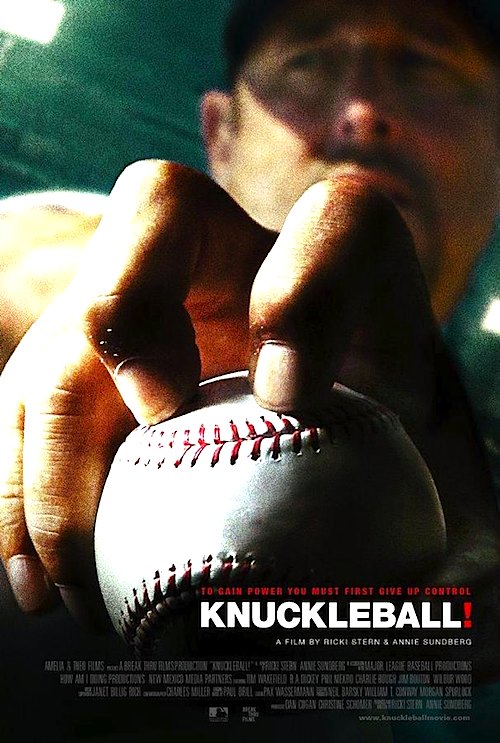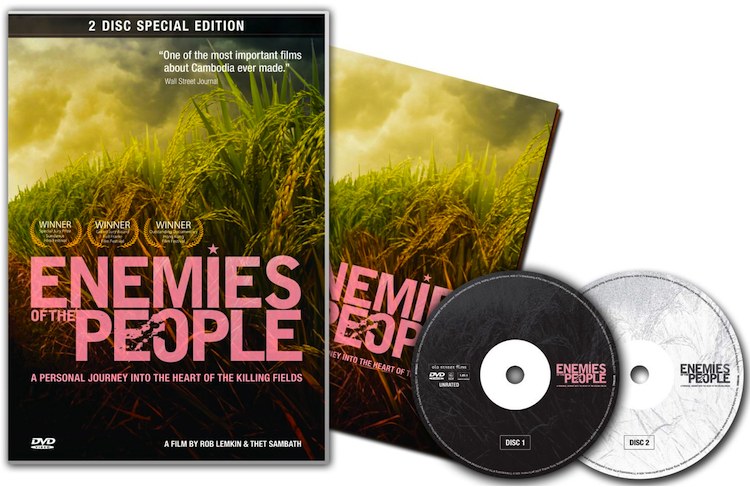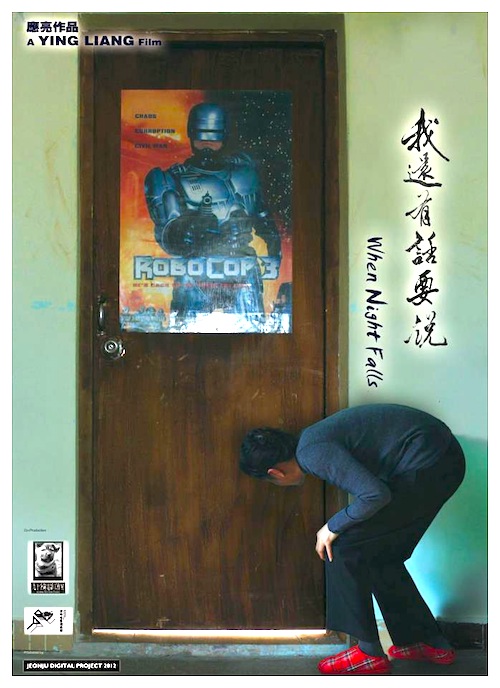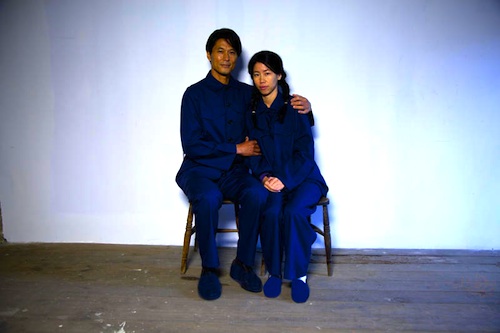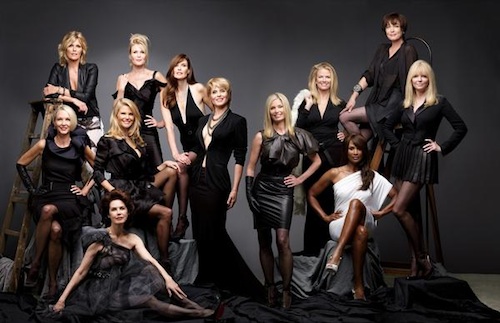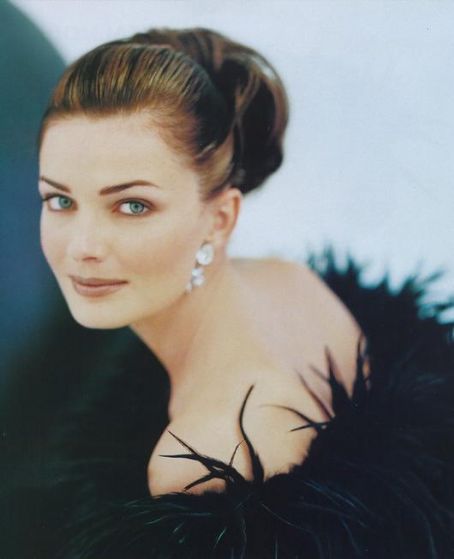By Joe Bendel. David Fisher chose to drag his siblings to the historic sites of Austria – at least, the ones that the country would rather hide away from the world. They would visit the concentration camps their father survived. It is a trip Israeli filmmaker Fisher’s sister and two brothers make quite reluctantly. Nevertheless, they experience family history as a form of therapy they never knew they needed in Fisher’s Six Million and One, which opens this Friday in New York.
Fisher somehow lived through his internment at the Gusen and Gunskirchen camps, but just barely. Amongst the last camp populations to be liberated, the Fishers’ father easily could have been the National Socialists’ final victim, the titular six million and first. He did survive, but he never told the tale, except in the unpublished memoir discovered after his death. While most of the family has no interest in plumbing the depths of their father’s wounded psyche, the documentarian brother obsesses over it, using it as the blue print for SMAO.
Brother David starts the voyage solo, traveling to Austria, where he meets several townspeople who were slightly surprised to learn they had moved into houses across the street from a concentration camp. He also journeys to America to interview some of the surviving GI’s who liberated the Austrian camps and still suffer from post-traumatic stress syndrome decades later. In fact, these might be some of the most eye-opening scenes of the film, arguing for separate documentary treatment in their own right.
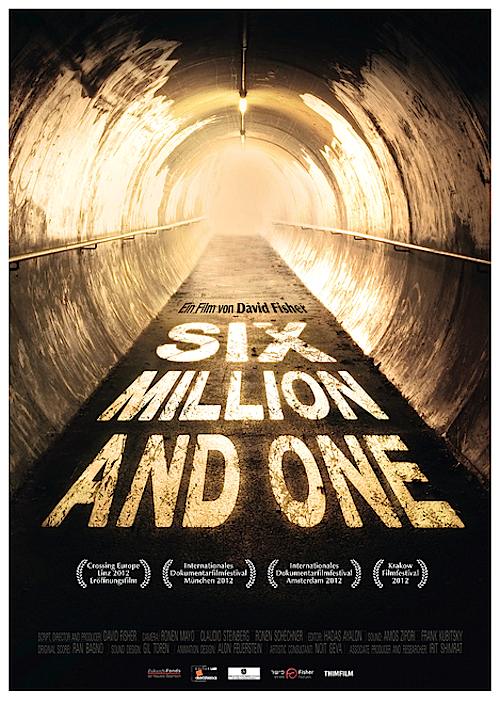 Eventually, Fisher cajoles his siblings into returning to Austria with him. They literally retrace their father’s steps on the notorious death march between camps and in the munitions tunnel he dug as a slave laborer. Yet, having not read their father’s chronicle, they are unaware of the significance of each leg of the journey until it is revealed by their filmmaker brother.
Eventually, Fisher cajoles his siblings into returning to Austria with him. They literally retrace their father’s steps on the notorious death march between camps and in the munitions tunnel he dug as a slave laborer. Yet, having not read their father’s chronicle, they are unaware of the significance of each leg of the journey until it is revealed by their filmmaker brother.
Notwithstanding the humanistic empathy of his visit with America’s “Greatest Generation,” SMAO revisits some well traveled documentary roads. For those of us who have covered many thematically related films, it clearly bears close comparison to Jake Fisher’s A Generation Apart (presumably no relation), as well as any number of films documenting Survivors’ return journeys to their old fateful homelands (such as Inside Hana’s Suitcase or Blinky & Me for instance). However, the refreshing wit and attitude of the Fishers helps differentiate SMAO from the field. It is clear they are never reading from a pre-written script, nor are they interesting in indulging in cheap-and-easy sentiment.
Yes, there have been a lot of films about this uniquely horrific episode in human history, but SMAO still finds something new to say. Though it displays a bit of inclination towards the discursive, writer-director-producer Fisher and editor Hadas Ayalon ultimately shape it all into a compelling narrative. Ran Bagno’s ECM-ish blend of chamber strings and experimental music also nicely underscores the dramatic presentations on-screen. Recommended for thoughtful audiences, Six Million and One opens this Friday (9/28) in New York at the Lincoln Plaza Cinema.
LFM GRADE: B
Posted on September 24th, 2012 at 12:29pm.
